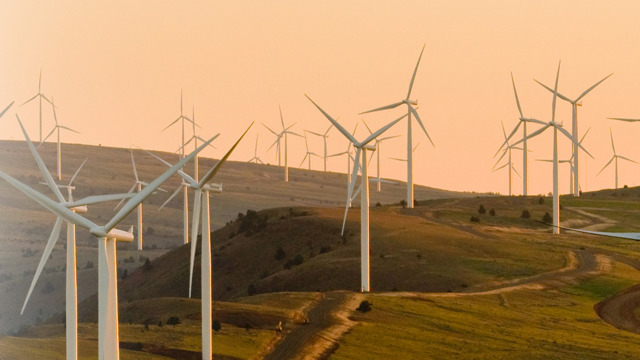New Zealand's first Emissions Reduction Plan (Plan) was released on 16 May 2022 (you can read our full overview of the Plan here) alongside the Climate Emergency Response Fund (CERF) publication. We share our thoughts below.
A consolidated step forward
The Government shied away from controversial proposed bans on new gas connections and onshore oil and gas exploration. Instead, the Plan consolidates a number of existing Government policies and initiatives and has a more 'steady as it goes' flavour. This does not negate the benefit of having a Plan that can provide an accountability framework to benchmark progress by reference back to the Plan. So, while not a giant leap forward, the Plan does take a good, purposeful, step down the road to transitioning New Zealand towards emission reduction and 'green' energy.
There could not have been a Plan that would be a 'one and done' solution. Instead, a multi-prong portfolio of measures is appropriate to tackle the complex and wicked problem of climate change, a reminder that 'done beats perfect' and what is needed is consistent effort over a generation to build momentum to reduce New Zealand emissions to sustainable levels (at a minimum).
The Government has the mandate to prioritise and make policy trade-offs to reduce emissions, and the Plan is a welcome and transparent method of communicating where the Government's priorities lie.
So, if 'steady as it goes' is what we're opting for, then there is no room to be complacent in terms of meeting the measures in the Plan. We will all need to hold the Government to account on its priorities set out in the Plan.
Transition
It's noteworthy that the Government now sees the target of 100% renewable electricity by 2030 as aspirational, which is an acknowledgment that there is no 'quick fix' to the transition to renewable energy. While there are increasing numbers of renewable energy projects being announced, these will only come online in the upcoming years. In the meantime, New Zealand will need to maintain a diverse source of energy to ensure continuity and resilience of supply.
Focus areas for renewable energy
The Plan identified a number of focus areas for the renewable energy sector - we will be keeping a close eye on these (including covering them in our Energy Blog - watch this space):
-
Funding: Budget 2022 will provide $18 million for the development of a comprehensive energy strategy, a hydrogen roadmap, and the creation of a regulatory framework for offshore wind energy. This is a good indication that we will see some traction from the Government to develop a more detailed and joined up policy framework to facilitate investment and growth in renewable energy sources. We expect significantly more funding would be required as regulatory settings and incentives for investment are established (refer, for example, the scheme to CfD in the United Kingdom, which subsidises similar development - see our Energy Blog post here).
-
Offshore wind: The Government has confirmed that it is exploring regulatory settings with a goal of providing a more certain consenting process that balances the impact of offshore renewable investment with other priorities such as fisheries and marine protection. The Plan is light on details of the proposed framework. However, it is good to see the Government commit to taking this step, as the right regulatory settings will play a significant role in unlocking the potential of this emerging sector.
Coming up in our offshore wind series, we will be looking at the lessons from the freshly minted and newly enacted Australian regime. -
Hydrogen: The Plan notes that 'Green' Hydrogen will be significant for reducing emissions in areas of the economy that are hard to electrify - such as high temperature industrial processes and potentially aviation. We are looking forward to interviewing Dr Linda Wright from the New Zealand Hydrogen Council on our Energy Blog for further insight into this area.
So, as they say, a journey of a thousand miles begins with a step - the Plan is a step forward.



